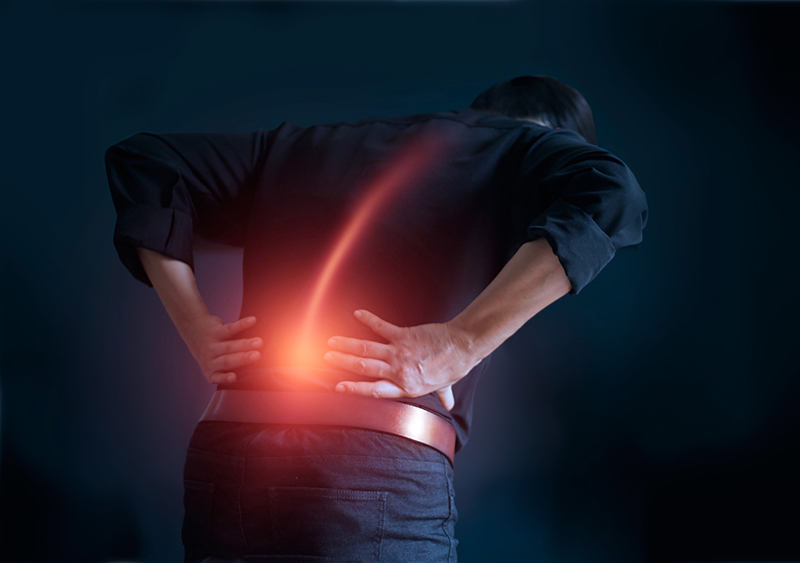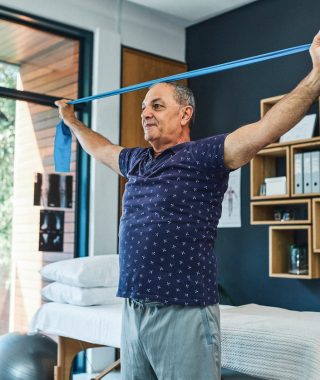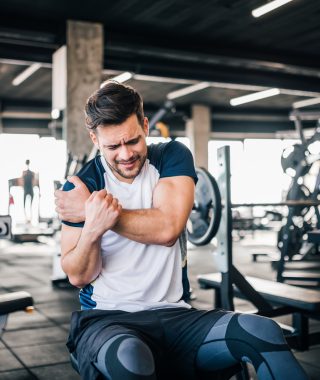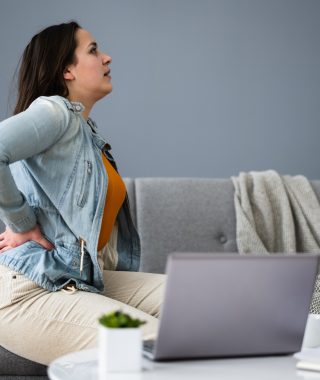Lower back pain is a major cause of disability globally and one of the most frequent reasons individuals see the doctor or miss work. Back pain may be shooting, searing, or stabbing. Bending, twisting, lifting, standing, or walking may worsen it or cause it to spread down your leg. By getting in better physical shape and mastering good body mechanics, you may be able to avoid back pain or stop its recurrence.
Soft-tissue injuries, such as fractures, sprained ligaments, strained or torn muscles, or inflamed or injured discs can cause sudden lower back pain. In women, other possible reasons for lower back pain include premenstrual syndrome (PMS), pregnancy, dysmenorrhea (painful periods), and other disorders of the female reproductive system.
How to cure lower back pain
Most back pain will subside in six to 12 weeks or less. A physiotherapist, massage therapist, or other healthcare professionals can help accelerate healing, and can help reduce pain. Treatment should include an assessment, diagnosis, education, hands-on care, exercise, and perhaps other treatments such as acupuncture, or electrotherapy (TENS or interferential therapy).
To maintain a strong and healthy backbone
Exercises such as walking, cycling, and swimming are low impact and don’t strain or jolt your back and can increase your back’s strength and endurance. Building flexibility and strength will help avoid reinjury. Exercises for your back and abdominals help build a stronger core. Conditioning back and abdominal muscles to cooperate with each other helps to form a natural corset for your back. Avoid twisting or putting tension on your back, while making good use of proper body mechanics and posture.
Good body mechanics include good posture. When lifting, make sure you have a stable base to stand on with your feet shoulder width apart. Place one foot sightly turned out and the other forward. Bend with your knees, not your back. Try to keep the object you are lifting straight in front of you, and as close to you as possible. Ensure your path is clear, and the object is manageable by yourself, or enlist others to help you.
With proper standing posture, when viewed from the side, the spine has curves. Beginning at the bottom, the lumbar spine (lower back) has an inward curve (arch), the midback’s thoracic spine (backbone) curves outward, and the neck’s cervical spine (neck) has a slight inward curve. Since the curves are all parts of normal (proper posture), in a healthy spine we do not want to try to flatten them out, but we do not want the curves to be exaggerated either. The goal is an efficient posture with your chin slightly down—not sticking forward. If you have a head forward posture (Tech neck, text neck, and nerd neck), you will exaggerate the curve in your neck and strain your neck and the muscles in your upper back, which can cause back and other problems.
Being overweight can strain back muscles, so maintain a healthy weight. The more you smoke, the greater your risk of lower back pain, so stopping smoking will help you avoid lower back pain and improve your general health.







